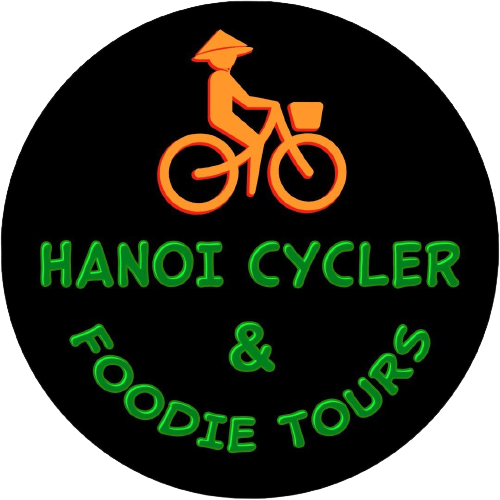Hanoi is the oldest and most geographically diverse region of the nation, with a history of occupation by China, France and Japan. The region’s cuisine is shaped by both long-standing traditions and heavy foreign influences. In the vast mountains bordering China and Laos, with Sapa as the most popular destination, about 30 ethnic minorities live in partial seclusion and maintain their unique customs. The forests, upstream rivers and terraced fields provide special spices and ingredients.
In the Red River Delta, farm animals and freshwater species are commonly used. The flavor and texture of food is lighter than elsewhere in Vietnam, with a preference for sour and salty rather than spicy and sweet. The capital Hanoi is where many Northern Vietnamese dishes are made popular.
Rolls to Make You Drool
Vietnamese cuisine is famous for its rolls, and Northern Vietnamese cuisine is no exception. The standard dipping sauce is nước châm.
Nem is the Northern Vietnamese name for fried spring rolls, made from crispy rice paper wrapped around a mixture of minced pork and/or sea crab, vegetables, mushrooms, glass noodles and egg yolk.

Bánh cuôn is a thin sheet of rice flour steamed and rolled with minced pork and wood-ear mushrooms, topped with fried shallots.

Phở cuôn is a simple roll of unsliced bánh phở filled with stir-fried beef, lettuce and cilantro.


Rice and Sticky Rice
Apart from the use of white rice (cơm) as a staple, sticky rice (xôi) is also popular. Broken rice is less common in the North than in the South.

Bánh chưng is the traditional food for Têt in Northern Vietnam, made from sticky rice, mung bean paste and fatty pork wrapped in green leaves and steamed for a whole night.

Bánh khúc has three layers: a ball of mung bean paste and fatty pork, a skin of rice flour mixed with fragrant rau khúc (cudweeds), and sticky rice, all wrapped in banana leaves.

Bún thang is the epitome of Hanoi’s cuisine, a colourful combination of chicken slices, thin strips of fried eggs and Vietnamese sausage, shredded shrimps, shiitake mushrooms, pickled daikon radish and herbs with rice vermicelli in a clear broth.

Bún đậu originated in rural Northern Vietnam, on the simple premise of rice vermicelli bundles and fried tofu dipped in shrimp paste or fish sauce.

Chả cá is a fancy dish of grilled cá lăng (large catfish) marinated with galangal and turmeric powder, then pan-fried with dill and spring onions on the dining table, and served with rice vermicelli.

Bánh đa cua is popular in Haiphong, using the local red rice noodles called bánh đa đỏ and a broth made from tomato and minced paddy crab.

Recommended places to try typical Hanoi cuisines
1. Bánh Cuôn Bà Hanh – 26B Thọ Xương, Hoàn Kiêm District
2. Phở Cuôn Hương Mai – 25-27 Ngũ Xã, Ba Đình District
3. Xôi Vân – 216 Hàng Bông, Hoàn Kiêm District
4. Bánh Khúc Quân – 35 Câu Gỗ, Hoàn Kiêm District
5. Phở 10 – 10 Lý Quôc Sư, Hoàn Kiêm District
6. Bún Chả Đăc Kim – 1 Hàng Mành, Hoàn Kiêm District
7. Bún Thang Bà Đức – 48 Câu Gỗ, Hoàn Kiêm District
8. Bún Đậu Trung Hương – 49 Phât Lộc, Hoàn Kiêm District
9. Chả Cá Lã Vọng – 3 Chả Cá, Hoàn Kiêm District
10. Bánh Đa Cua An Biên – 111 Triệu Việt Vương, Hai Bà Trưng District
